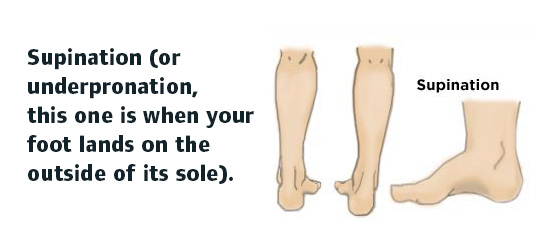Meditation: What Is It and What are the Benefits?
You've heard the word before: meditation. To some the word might invoke feelings of peace and calmness, and to others it might trigger thoughts of people sitting cross-legged saying, "Ohhmmm."
So what is it really? What does meditation entail? Do you have to do yoga and know the names of all the chakras in order to meditate? Well, there are actually many forms of meditation, including transcendental meditation, prayer, Zen meditation, mindfulness meditation, and others. The main goal of all meditation is to quiet the mind and free it from stress by the use of quiet contemplation and reflection. All people can meditate, and probably should!
There have been many benefits found to be associated with meditation of any kind. Check out the following list of benefits to see if meditation intrigues you!
6 Benefits of Meditation
This one is probably a given. Taking a time out to just sit and be alone with our thoughts is going to allow ourselves a break from the things that get our blood pressure up. This not only makes us feel less stressed, but lowers the stress hormone called cortisol.
2. Lets Us Get to Know Our True Selves
Taking the time to sift through our thoughts and get down to the underlying desires, fears, and needs helps us to eliminate the bias we have about ourselves and assess our situations objectively. By meditating, we can eliminate the tendency to diminish or amplify our own flaws.
3. It Could Help With Learning/Schoolwork
A study published in Psychological Science found that students who practiced mindful meditation did better on the GRE than those who didn't. Meditation could enhance performance in school by improving cognitive function.
4. Can Prevent Some Mental Illness
Because meditation is linked with increased activity in the brain, it may take part in preventing some mental illnesses. Meditation has also been associated with increased axonal density and an increase in myelin tissue, which is a protective tissue around axons (which send nerve signals). Overall, meditation has the potential to aid in preventing mental deterioration.
5. Makes You a Better Person
A study published in Psychological Science described how meditation has been linked to more "do-good" behavior. People tend to be more virtuous and compassionate if they have some meditation component included in their lives.
6. It Helps You Sleep
A study done at University of Utah found that not only do people who meditate have better control over their emotions and behaviors during the day, they have lower activation at night while sleeping, leading to more restful slumber.
So How Do I Get Started?
There are many kinds of meditation, but here are some basic guidelines to getting started with meditation:
- Set aside a special "spot" for meditating. It can be empty of things or decorated with things that have meaning to you.
- Sit in a way that is comfortable for you. The classic style is cross-legged with your hands resting on your knees, but you can find a different way if that works for you.
- Try to keep your eyes open if you can, but not focused on anything. The idea is to experience the senses, but in a relaxed state.
- You can meditate as long as you want or for as little time as you can manage. There is no magic amount of time. You can start with five minutes a day and work your way up, if you'd like.
- Follow your breath: inhale deeply into your abdomen, and breathe out slowly. You can also exhale a few times before you start to clear your mind and lungs.
- Observe an object and keep your eyes fixed in that place. Don't let them wander.
- Recite a mantra. This can be whatever you want, but be sure it is something that is enlightening and uplifting. You can also say a prayer.
A great option for beginners is to go to take a yoga class! Many instructors include guided meditations during the class and help you practice how to reach a meditative state.
Sources:
http://www.project-meditation.org/what_is_meditation.html
http://www.huffingtonpost.com/2013/04/08/mindfulness-meditation-benefits-health_n_3016045.html
http://michellejoni.com/wp-content/uploads/2014/04/meditation-chakras.jpg
http://www.chiefscientist.gov.au/wp-content/uploads/Synapses-Image-for-March-17-2010-Blog-Entry.JPG
https://www.discinsights.com/blog/wp-content/uploads/2013/05/using-disc-stress.jpg
http://bethtrissel.files.wordpress.com/2011/01/kitten-sleeping-on-pillow.jpg
http://health.howstuffworks.com/wellness/stress-management/how-to-get-started-with-meditation.htm
http://www.liveyourtruthaz.com/meditation_sun.jpg
















